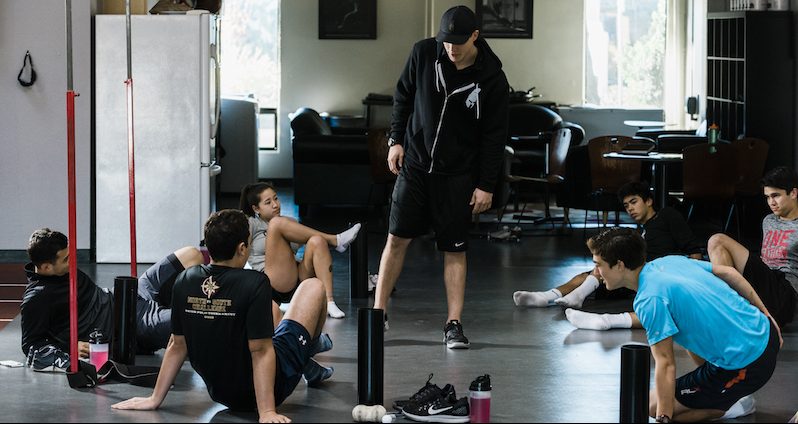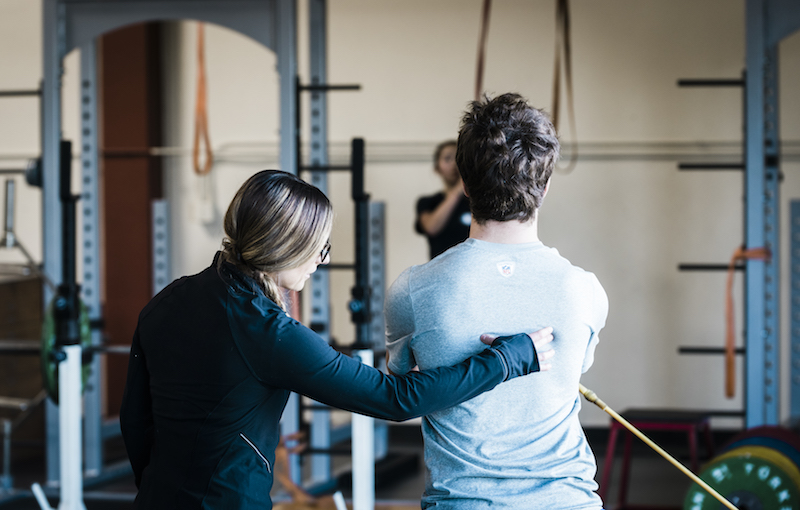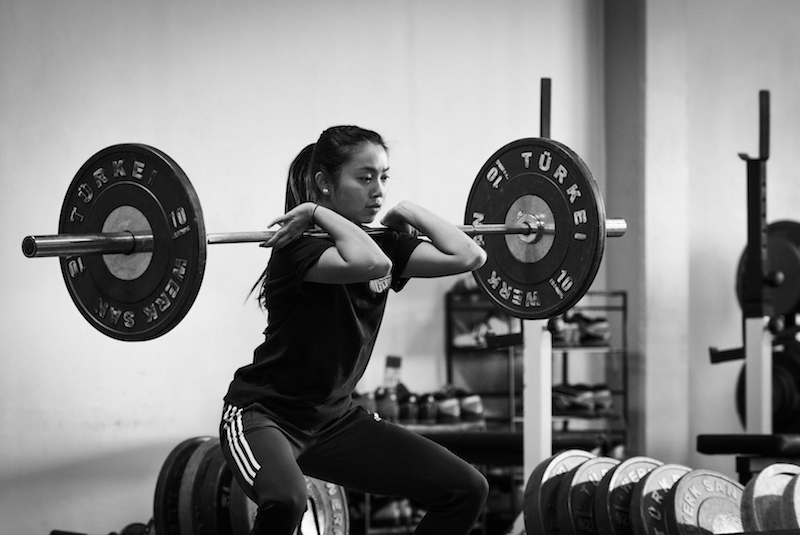
The world today demands specialization. Young athletes today are practicing and competing year round without any structured off season training program. This specialization can cause extreme imbalances as young athletes are spending very little time working on their weaknesses. There are many questions we get from parents when they first bring their kids in to train at SPARTA: “Isn’t strength training unsafe? Are they going to be using weights? Can’t strength training stunt their growth?” While many of us in the sports performance industry are well aware of the research putting these myths to bed, unfortunately these ideas are still very common with the misinformed masses.
With the decline in time for free unorganized play and a lack of funding toward physical education programs, today’s young athletes are more physically unprepared than ever. This growing trend along with the early specialization model used by most youth sports today is causing more and more young athletes to become at risk. The musculoskeletal system of some aspiring young athletes may not be prepared for the high amounts of stress and forces from sport practice and competition. (1) Because we have seen such a dramatic spike in the amount of time young athletes spending practicing and competing, the need to prepare young athletes is more urgent now than ever.

Countless studies have compared the injury rates of strength training or weight lifting with more “traditional” sports and have shown the fear of injury during resistance training is unfounded. Strength training for adolescents isn’t inherently dangerous, however it is important to have proper guidance and instruction from a professional. For example, injuries to the growth plates has not been reported in any prospective study that provided professional guidance and instruction with youth athletes. (2) In fact, research has shown young athletes who incorporated resistance training suffered fewer injuries and recovered from injuries faster when compared with their teammates who did not use resistance training. (1)
At our training facility we have worked with countless youth athletes over the last 8 years, including many who have continued to train throughout their collegiate and professional careers. It is important with all athletes, but perhaps even more so with youth athletes, to focus on quality of movement, not just quantity of weight moved. Finding quality coaches with experience working with young athletes is a key component when discussing whether or not your child is ready to begin training. Coaching matters, especially when it comes to our youth.
There are a number of research studies looking at reported risks and benefits of strength training for kids. There have been a few noted case studies where young athletes did have injuries to the growth cartilage, however these cases all included improper lifting techniques, poorly chosen training loads, or lack of qualified adult supervision. (1) The truth is that the stresses placed on the body during sport practice and competition far outweigh the stresses from a resistance training program. Parents and young athletes often fear weights as misinformed coaches and even pediatricians talk about the risks of strength training. They emphasize that their bodies are not physically ready to endure the stresses of strength training and using weights. Unfortunately, they have serious misunderstanding of ground reaction forces, as we need to realize the amount of force imposed on the body during the sport itself is much greater than any resistance exercise movement. Young athletes who are sprinting, cutting, and jumping during sports can induce ground reaction forces up to 5-7 times their body weight! (2) The goal of a training program is to improve movement, strength, and stability to allow the body to withstand these extreme forces as a young athlete competes.
This myth likely came from the concern about injuries to the growth plate on still developing adolescents. There are multiple studies that have found no evidence to suggest that resistance training will negatively impact growth in height for athletes during childhood and adolescence. (2) Strength training and weight bearing exercises can promote bone health by inducing remodeling of the bone tissue to respond to tensile and compressive forces. In reality, childhood and adolescence is probably the best time to start resistance training to encourage these adaptations for young athletes as their bones continue to develop and grow. (1) Not only can resistance training help to facilitate bone growth, several studies have also shown favorable changes in body composition with children and adolescents who were obese or at risk for obesity after participating in a resistance training program.

Athletes today are often overspecialized because of how much they play and compete in their sport. Training is not only safe, but it can allow them to work on their weaknesses to become more balanced and avoid the “overuse” injuries often seen in this population. Coaching matters, and finding quality youth coaches is crucial. Strength training has countless physical benefits such as improving body composition, reducing injuries and improving recovery time, as well as facilitating bone growth for improved bone density. This article focuses on the physical benefits, though the mental and emotional benefits should not be ignored. Good coaches not only will keep young athletes safe, but should instill confidence, habits, consistency, and accountability by utilizing training as a tool. The alleged risks of strength training for young athletes are unfounded and outdated. Strength training can and should be used as a tool to develop more resilient young athletes.
1. Faigenbaum, Avery D., and Gregory D. Myer. “Pediatric resistance training: benefits, concerns, and program design considerations.” Current sports medicine reports 9.3 (2010): 161-168.
2. Faigenbaum, Avery D., and Gregory D. Myer. “Resistance training among young athletes: safety, efficacy and injury prevention effects.” British journal of sports medicine 44.1 (2010): 56-63.